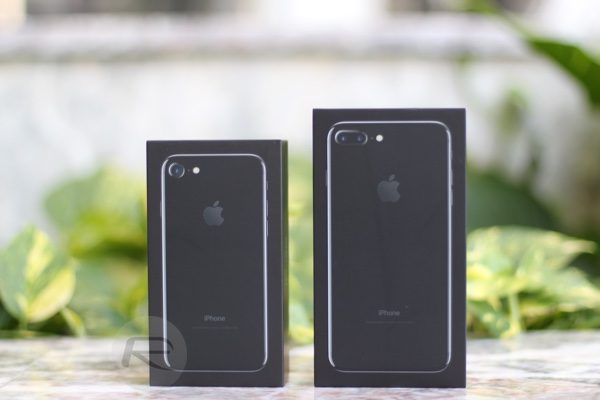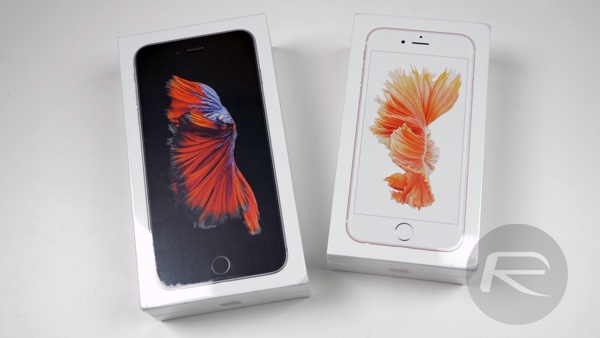Companies like Apple and Samsung charge such a high premium for their smartphones that some consumers are literally forced to venture into the sometimes murky world of secondary sales channels in order to get a relatively modern smartphone. Not everyone can instantly jump on the Galaxy S8 or iPhone 7 Plus bandwagon and shell out that type of money, which is why places like Craigslist and eBay are so very popular for consumers looking for devices.
But do you check if that device you are interested in is legit and hasn’t previously been registered as stolen? Well, there’s a new service for that which is much easier and quicker to check and use.

In amongst its vast array of services and offerings, Apple used to provide an Activation Lock status tool which did exactly that. Users were able to enter some device specific information and instantly get a device report of that would inform if the IMEI number had been entered onto any blacklist databases.
This typically happens when a user reports a device lost or stolen to his/her network and wants to ensure that the device cannot be used again. Without warning however, Apple removed that tool, leaving people scratching their heads about what to do next. Rather than simply trusting the seller, the CTIA has created a Stolen Phone Checker web-based tool.
As a representative of the United States wireless communications industry, the CTIA has a vested interest in protecting the reputation of that industry. It also has access to the information it needs on the relevant databases to create such a tool. The theory behind it is extremely simple. Users simply head on over to the Stolen Phone Checker website at stolenphonechecker.org/spc/consumer, enter the IMEI number of the smartphone that they are looking to purchase via one of those secondary sales channels, and the tool will instantly provide the information that is needed.

Of course, the tool does come with a couple of small caveats. Once the device has been purchased, it’s easy to have the IMEI and check it. But it’s really too late then if it comes back as being stolen or misplaced. This tool actually relies on the purchaser being given the IMEI number in the first place by the individual selling the hardware. If it’s legit, then it shouldn’t be a problem. If that person won’t provide the IMEI, then it’s probably a warning sign to stay clear of the purchase.
You may also like to check out:
- How To Find IMEI / Serial Number Of Lost iPhone The Easy Way
- How To Check Activation Lock Status Of iPhone [Workaround]
- Download Instagram Rocket IPA Hack On iOS 10 [No Jailbreak Required]
- Download Spotify++ IPA On iOS 10 [No Jailbreak Required]
- Pokemon Go 1.33.1 And 0.63.1 Hack Available To Download Now
- Fix Kodi Screen Size Issue On 17 / 17.1 Krypton, Here’s How [2017 Edition]
You can follow us on Twitter, add us to your circle on Google+ or like our Facebook page to keep yourself updated on all the latest from Microsoft, Google, Apple and the Web.

